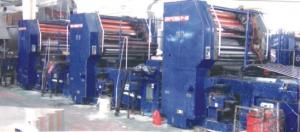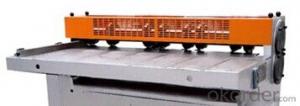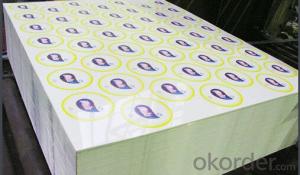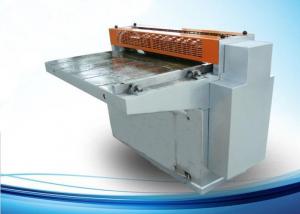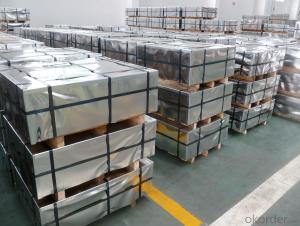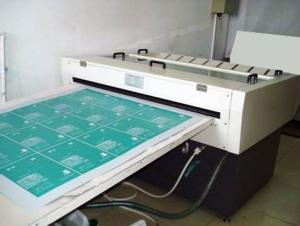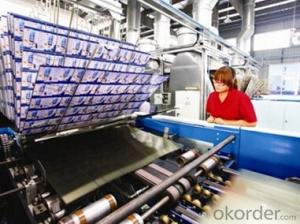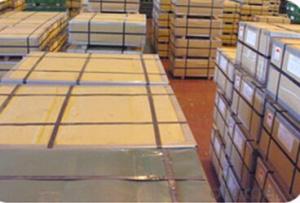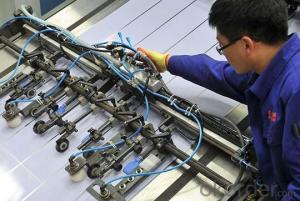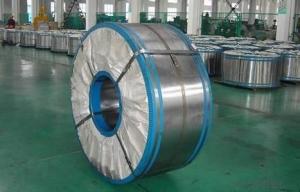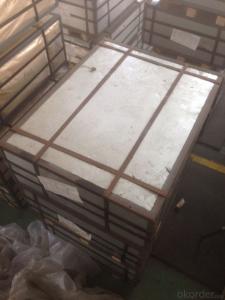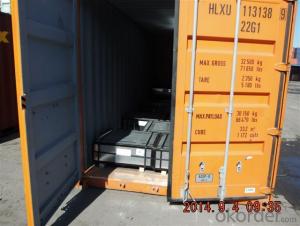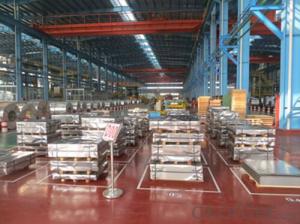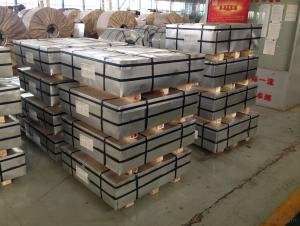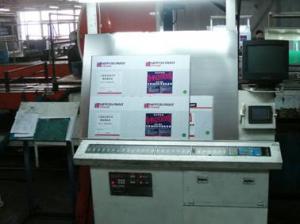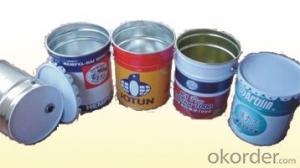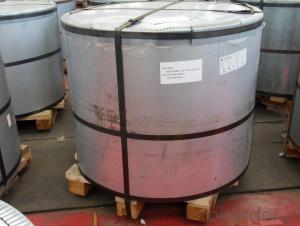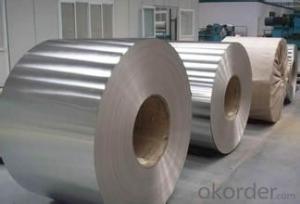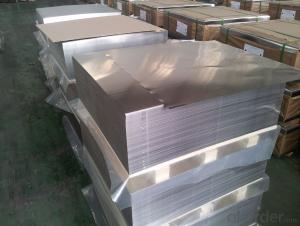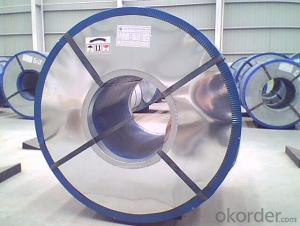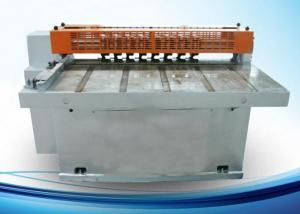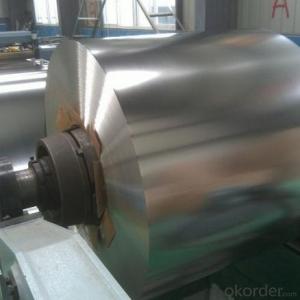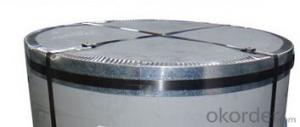Printing Tinplate Sheet
Printing Tinplate Sheet Related Searches
Printed Tinplate Sheets Printing Tinplate Tinplate Printing Tinplate Sheets Printed Tinplate Buy Tinplate Sheets Tinplate Printing Machine Tinplate Production Tinplate Sheet Price Tinplate Sheets For Sale Tinplate Sheet Suppliers Tinplate Sheet Prices Tinplate Packaging Tinplate Coating Tinplate Screener Buy Tinplate Tinplate Recycling Tinplate Layout Tinplate Material Tinplate Products Tinplate Shortage Tinplate Cover Envases Tinplate Tinplate China Tinplate Share Tinplate Factory Tinplate Can Tinplate Tins Nse Tinplate Italy TinplatePrinting Tinplate Sheet Supplier & Manufacturer from China
Printing Tinplate Sheets are a type of metal material that has been coated with a layer of tin on one or both sides. These sheets are widely recognized for their excellent durability, corrosion resistance, and recyclability, making them a popular choice for various industries. They are commonly used in the manufacturing of food cans, beverage cans, aerosol containers, and other packaging materials that require a high level of protection against environmental factors.The application and usage scenarios of Printing Tinplate Sheets are vast, as they cater to the needs of numerous industries. In the food and beverage sector, these sheets are used to create cans that preserve the freshness and taste of products while also providing a barrier against external contaminants. In addition, they are employed in the production of decorative items, automotive parts, and construction materials, where their strength and resistance to corrosion are highly valued. Printing Tinplate Sheets can also be found in the electronics industry, where they serve as a protective casing for various components.
Okorder.com is a reputable wholesale supplier of Printing Tinplate Sheets, boasting a large inventory that caters to the diverse needs of clients across different sectors. With a commitment to quality and customer satisfaction, Okorder.com ensures that the Printing Tinplate Sheets they provide meet the highest industry standards. Their extensive range of products is available at competitive prices, making them an ideal choice for businesses looking to source this material in bulk.
Hot Products
